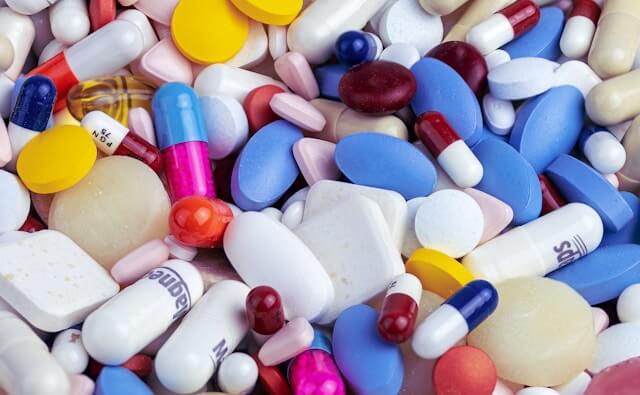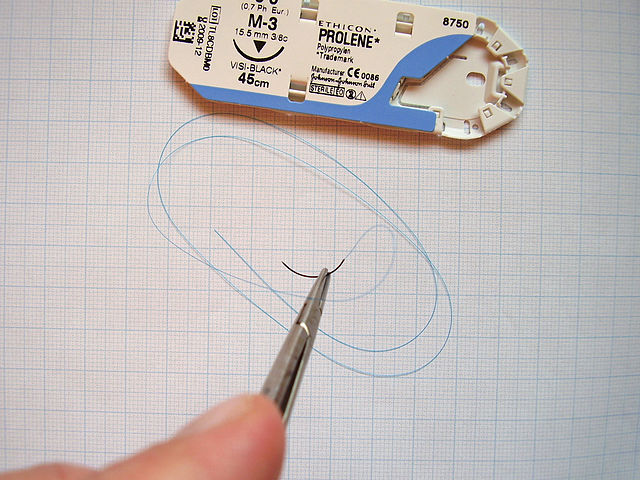Iron deficiency affects around half a billion people worldwide.
Lack of iron causes a condition known as iron deficiency anemia, which can lead to a range of symptoms. The most common signs of anemia include:
- Brittle nails
- Hair loss
- Heart palpitations
- Headaches
- Muscle weakness
- Pale skin
- Poor circulation
- Short-term memory loss
- Tiredness
The symptoms of low iron are unsurprising when you consider the key functions of iron in the body. Most of the iron in your body is found in your red blood cells in a ferro-proto-porphyrin called heme, and it helps to carry oxygen around your body.

Iron is also stored as ferritin in your liver, bone marrow, sleek, and reticular cells. In the cells, iron aids in energy production and DNA replication. It’s also a vital mineral for immune function.
Iron is constantly being broken down and used by the body. For this reason, your body needs a constant supply of new iron. You can obtain this iron through your diet and also through supplements.
If you are experiencing any of the symptoms of low iron, it’s a good idea to speak to your doctor or a dietician. However, in the meantime, here are some top ways to increase your iron intake.
Take an Iron Supplement
Iron supplements are an easy way to boost your daily iron intake. Alongside your diet, supplements can be used to optimize your iron levels and reduce the risk of anemia.
There is a range of different forms of supplementation, including sarsaparilla iron drops, capsules, tablets, and gummies. You can choose which method of supplementation is the best for you based on your needs and preferences.
With any other vitamin or mineral, toxicity is rare. However, because there is only a very limited amount of iron that could be stored in the body as ferritin, iron toxicity is more likely to occur.
For this reason, it’s important that you speak to your doctor before taking iron supplements, no matter what form of supplement you choose to take.
Eat Iron-Rich Foods
There are lots of foods that are rich in iron. Consuming more of these foods in your diet can increase your overall iron intake and reduce any symptoms that you might be experiencing.
Iron-rich foods include:
- Legumes, such as lentils, beans, chickpeas, and green peas
- Leafy green vegetables, including broccoli, kale, Brussels sprouts, spinach, and Swiss chard
- Fortified wholegrain cereals
- Flaxseed
- Sweet potatoes
- Nuts and seeds
- Milk, including cow’s milk, nut milk, and oat milk
- Red meat
- Organ meat
Luckily, there are iron sources in every kind of diet. Even if you are following a vegetarian, vegan, paleo, or keto diet, you should still be able to consume adequate amounts of iron through food. If you’re struggling, you can include a supplement to reach the daily recommended intake.
If you’re unsure how much of each food you should include in your diet, try in touch with a professional dietitian. They will be able to create a customized meal plan for you based on your unique needs.


